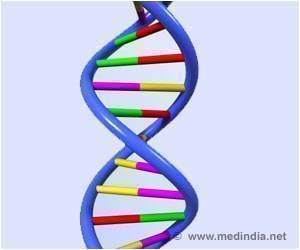The latest scholarship and research findings in the field of aging research from more than 70 leading experts were the highlight.

"The talks at this year's meeting were of exceptionally high quality with really new exciting insights on the role of gut fauna in healthy aging, protein biology, and why our daily rhythms get disrupted during aging and the widespread ramifications thereof in inflammation and biochemical signaling," said Rochelle Buffenstein, Ph.D., president and meeting chair of AGE.
Among the weekend's highlights were:
- A keynote presentation by Toren Finkel, M.D., Ph.D., from the National Institutes of Healthabout research into the central role a protein called mTor plays in the biology of aging. According to his findings, inhibiting mTor activity may be a way to extend the duration and quality of our lives.
- Lectures on how the internal circadian clock, our body's natural rhythm, can affect lifespan. This included a presentation by Marina Antoch, Ph.D., Roswell Park Cancer Institute, on the mechanistic link between the internal circadian clock, chronic inflammation and aging. Complete understanding of this functional interconnection is critically important for developing therapeutic and preventive strategies to treat age-related pathologies, said Dr. Antoch.
- An in-depth look by Allon Canaan, Ph.D., MSc, Yale School of Medicine, at the newly discovered FAT10 gene and how it might revolutionize the field of aging research.
- A series of presentations on the role mitochondria, the cellular compartments that generate the vast majority of the energy that fuels daily activities, plays in aging.
- A presentation by Kenneth B. Storey, F.R.S.C., Carleton University, on why metabolic depression in long-lived turtles leads to an increase in lifespan.
- Insights by Kylie Kavanagh, D.V.M., Wake Forest School of Medicine, on how heat shock protein 70 (HSP70) enabled monkeys to better be able to maintain muscle mass and function well into old age.
- A Friday evening panel discussion of geroscience experts entitled "Increasing Healthspan: Science and Policy on the Path to Healthier Aging."
- The presentation of the annual Denham Harman Award (Lifetime Achievement in Research Award) to Peter S. Rabinovitch, M.D., Ph.D., University of Washington, for his work in the arena of aging research. Established in 1978, this award was named in honor of Dr. Denham Harman, a cofounder of AGE, and honors a person who has made significant contributions to biomedical aging research. Dr. Harman coined the free radical theory of aging, which proposes that free radicals are instrumental in the aging process by damaging structural and functional molecules. Dr. Rabinovitch's presentation on cardiac aging highlighted how Dr. Harman's work has impacted new developments in the studies of the biology of aging, especially in the role of mitochondria in aging.
Source-Eurekalert
 MEDINDIA
MEDINDIA



 Email
Email





